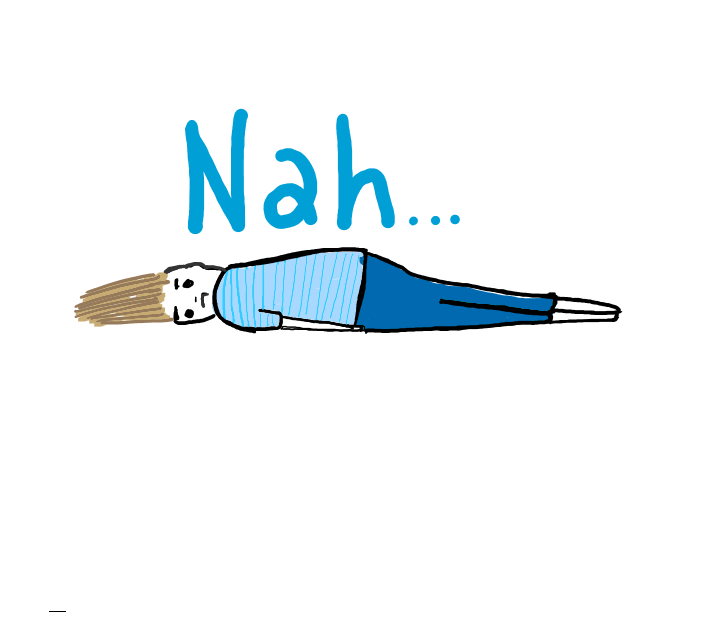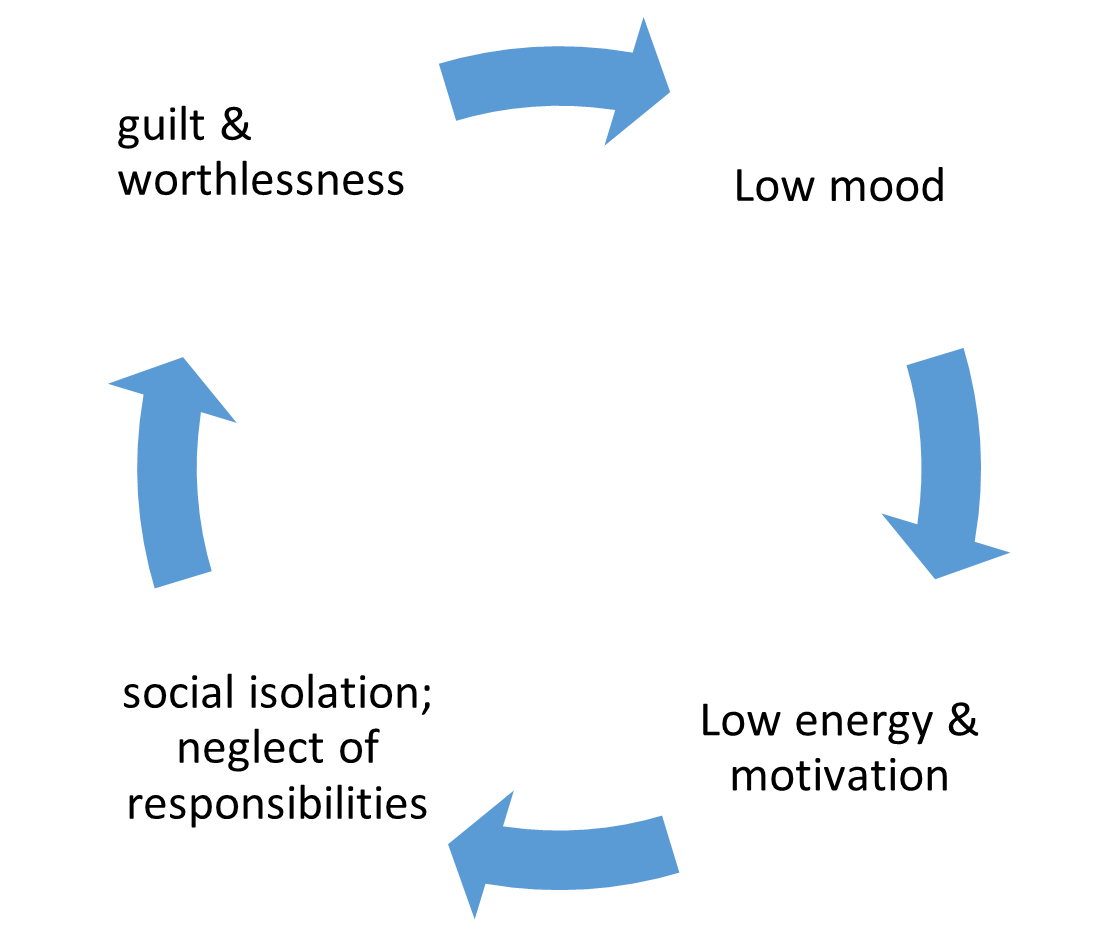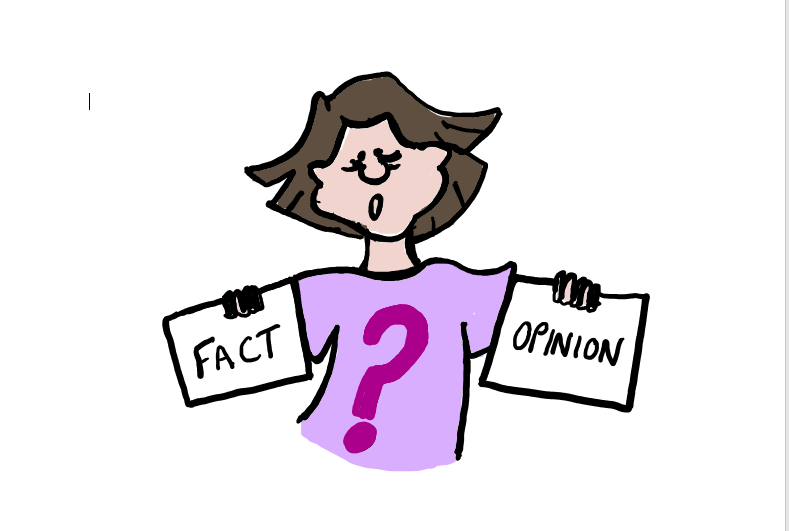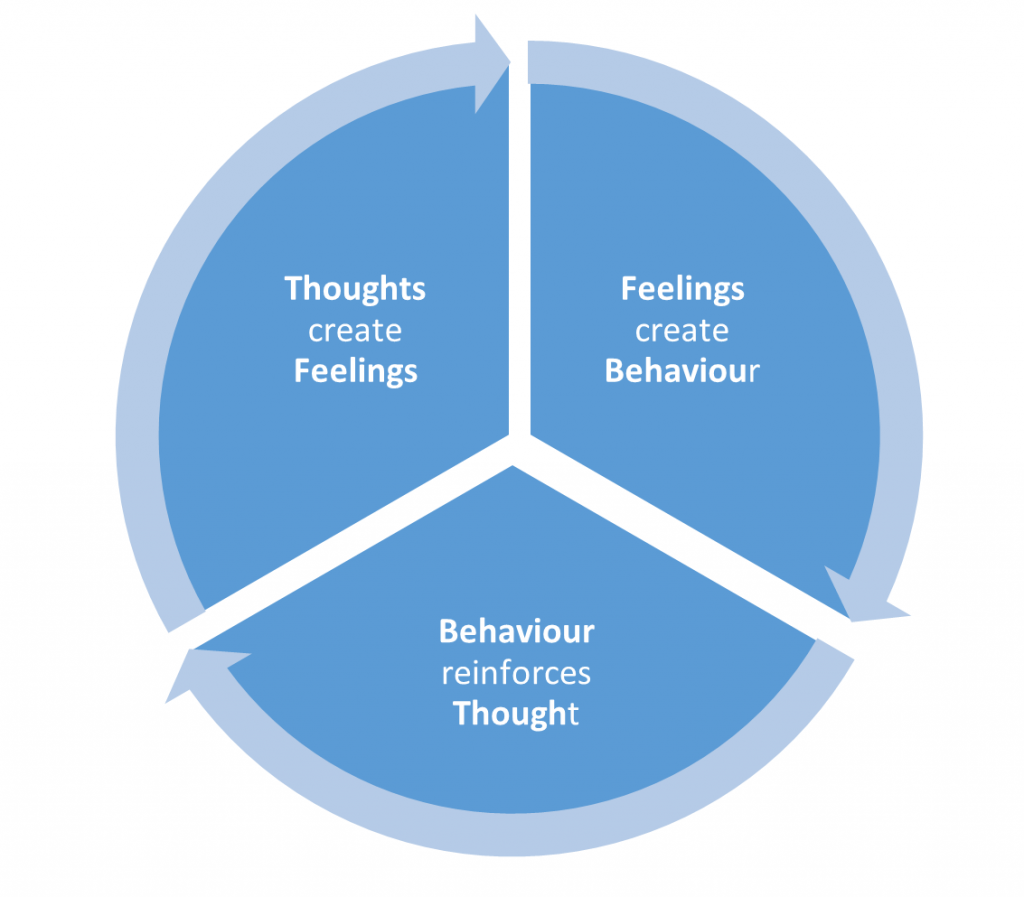What is Depression?
Depression is a word used to describe a number of feelings, including sadness, frustration, disappointment and lethargy. However, from a clinical point of view, the term ‘Depression’ differs from these everyday ‘blue’ periods in three main ways:
- Clinical Depression is more intense
- It lasts longer (2 weeks or more)
- It interferes with everyday functioning
Key features include physical effects, altered mood, thinking styles and social interaction symptoms
This article refers to clinical depression.
Many people experiencing the symptoms of depression might begin to wonder if there is really something wrong with them. One typical fear is that they might be going crazy. Unfortunately, the reactions and comments from other people such as, “Just pull yourself together!” are not very helpful.
Although you might feel alone in your struggle against your mood, the reality is that many people experience these feelings from time to time, or even regularly. In fact, it is estimated that 1 in 4 people experience significantly depressed mood at some time in their life.
You may be an introvert or an extrovert, social or shy, young or old, male or female, wealthy or poor. Whoever and whatever you are, at any stage of your life, you can become depressed. So remember, you are not alone.
Mood
In mild forms of depression, individuals may not feel bad all day but still describe a sense of gloom. Their mood may shift with a positive experience, but is not sustained for long. In severe cases, low mood may persist or fluctuate throughout the day. In addition to sadness, another mood common to depression is anxiety.
Thinking
Individuals who are depressed think in certain ways and is an essential feature of depression. Such people tend to see themselves in a negative light. They dwell on how bad they feel, how the world is full of difficulties, how hopeless the future seems and how things might never get better. A sense of guilt is very common, blaming themselves for everything, including the fact they think negatively. Often their self-esteem and self-confidence become very low.
Physical Symptoms
- Sleep patterns can change
- Appetite affected
- Sexual interest may decline
- Energy levels may fall, as does the motivation

Social Interaction
Personal relationship are commonly affected by depression. Some people become unhappy and dissatisfied by those close to them and may feel shy and anxious when they are with others, especially in a group situation. They can feel lonely and isolated, yet at the same time, are unwilling or unable to reach out to others, even when they have the opportunities to do so.
What Causes Depression?
Depression is rarely caused by one things, but a combination of factors. People can have a biological predisposition to depression but psychological and environmental factors also commonly interact. These include:
- Unhelpful thinking patterns ·
- Loss ·
- Stress ·
- Sense of failure
The Vicious Cycle Of Depression
The symptoms of depression can bring about some drastic changes. Often it is these changes that makes the depression worse and prevents the depressed person from getting better.
You may find that you become less and less active, don’t go out much anymore, avoid hanging out with friends, and stopped engaging in your favourite activity. When this happens, you have become locked in the vicious cycle of depression, which might look like this:

When you stop doing the things you used to love, you miss out on experiencing pleasant feelings and positive experiences. Your depression could then get worse.
Similarly, when one begins neglecting a few tasks and responsibilities at work or at home, the list may begin to pile up. As such, when a depressed person thinks about the things they have to do, they may feel overwhelmed by the pile of things they have put off doing. This may result in them feeling guilty or thinking that they are ineffective or even, a failure. This will also worsen the depression.
Reversing the cycle: Stage 1
One way of reversing this cycle is the use of medication. It will change your energy levels and help with your regulate your sleep patterns. Another way is increasing your activity level. Activity can actually help you feel less tired. In addition, it may help you feel better by focusing the mind on something other than your mood. This can also help you think more clearly as a result of a difference in perspective. Doing things can give you a sense of achievement and control in your life again. You may even find yourself having fun!
Start Simply
It is not always easy to get started. Negative thoughts such as “It’s too hard” may stop you. When you are depressed sometimes the smallest thing such as taking a shower can seem to require a huge, insurmountable effort. Often the big mistake people make is trying to do too much too soon.
If you hadn’t done any running for a year, would you suddenly try and run a marathon. Of course not! You would build up your fitness and endurance training slowly. Similarly with depression, it would be unreasonable to expect to leap out of bed, and become a star student overnight. Yet it is common for depressed people to set their initial goals too high, only to risk failing and then end up feeling worse than ever. Instead it is better to plan achievable, manageable goals based on your current level of functioning. Start small and build your expectations slowly.
Sometimes it is easier to aim to do a task for a set period of time rather than trying to achieve a set amount. For instance do some homework for 15 mins rather than completing the whole assignment. This way, it will be easier succeed and help you feel like you are getting back on top of things. In the beginning, it is
ACTION before MOTIVATION!
Reversing the Cycle: Stage 2
The second step to recovery is adjusting your thinking patterns. What really makes us feel and respond the way we do, is not the actual situation or the words and actions of someone else, but how we perceive it. It is our thoughts and beliefs about an event that significantly influences our feelings and actions.
Here’s an example. Suppose ‘Ian’ a friend, passes you in the corridor. You chat to him but he does not look at you directly and keeps glancing at his phone. How would you feel? It might be,
“Jeez, how ignorant is he! I completely got him wrong…”
Or it could be,
“I knew it, he doesn’t really like me. I must be really boring, he can’t wait to get away…”
Instead you might be thinking,
“Ian seems really distracted. It’s not like him, I hope he’s OK. I wondered what’s happened.”
Notice that from one situation, three different thoughts could have triggered three very different emotional responses. Often we are not truly aware of our assumptions but these thoughts are there and they can dramatically influence how we feel.
Unhelpful Thinking Styles
These are patterns of thinking that have become a habit and contribute to a person’s emotional distress.
- Mental filter: a tunnel vision only focussing on the negative
- Jumping to conclusions: mind-reading and predicting the future
- Personalization: taking responsibility for things
- Catastrophizing: losing all perspective
- Black and white thinking: Viewpoint is only in extremes i.e. no shades of grey.
- ‘Shoulding’ and ‘Musting’: can create unreasonable pressure on yourself and others and unrealistic expectations.
- Labelling: statements of fact based on behaviour in specific situations and ignoring circumstances which disprove them
- Emotional Reasoning: basing your view on the way you feel rather than any other evidence.
- Magnification and Minimisation: amplifying positive attributes in others and being overly self-deprecating about your own positive characteristics
- Overgeneralisation: taking one instance in the past or present, and imposing it on all current or future situations
Remember: Thoughts & Feelings are not Facts

We commonly talk about thoughts and feelings in the same sentence. It can be easy to confuse them but it is important to distinguish the difference. For instance, you might say “I feel that my boyfriend doesn’t notice when I’m upset,” when you are actually thinking, “My boyfriend doesn’t notice when I’m upset,” and feel hurt.

What to Do
Identify how or what you are feeling.
Then ask, “What am I thinking and assuming?” that are causing you to feel that way.
Challenge those thoughts.
Can you look at the situation differently or are there any other explanations?
How might someone else regard this?
Where is the evidence?
How realistic am I being?
Are there facts that I am ignoring/overlooking?
Am I making assumptions?
Most importantly, is it helpful for me to think this way?
Revise your original thoughts to take the other viewpoints into account.
Make the change.
This new balanced alternative judgement can now replace the original and you will probably find that your outlook will be improved. Obviously this process is rarely so straight forward. Beliefs and behaviour can become entrenched and automatic over periods of time. Change can feel scary.
Like a muscle which is being exercised for the first time, simply becoming self- aware takes time, courage and patience. Expect slip-up and down days, but
Keep going – you WILL get there…
